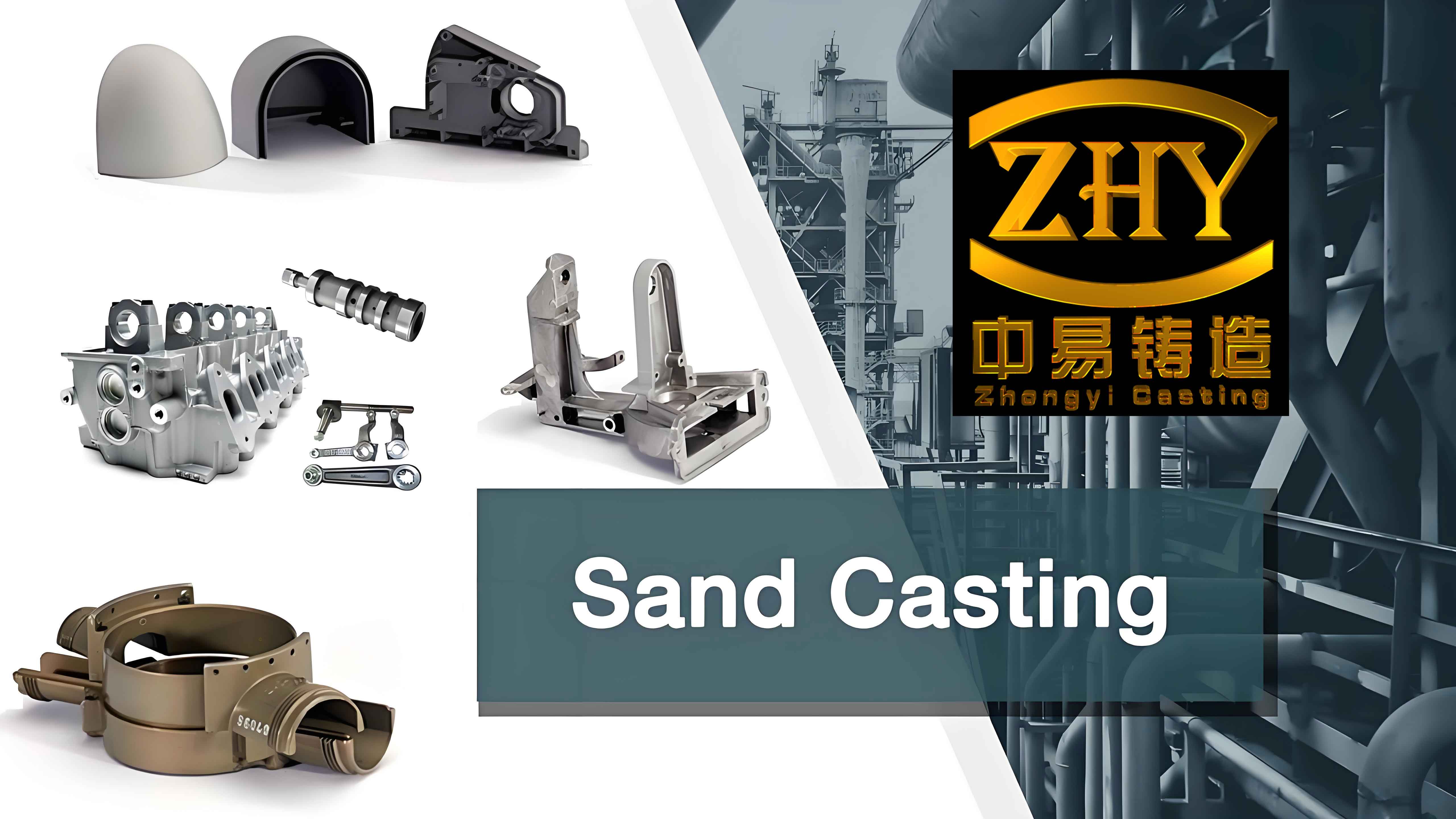Abstract:
The design and process research of sand casting molds, particularly emphasizing the application to cylinder block casting. By utilizing tables, images, and key terms such as “sand casting” and “cylinder block,” this paper aims to provide a comprehensive understanding of mold design principles and practical considerations for casting enterprises.

1. Introduction
Molds are indispensable process equipment in the sand casting process and are a crucial element in casting production. Their design ideas and process plans directly affect the overall quality of the mold, which in turn determines the final quality of the casting. This paper, from the perspective of a foundry enterprise, delves into the detailed design of sand casting molds, especially the pouring system and material selection, to provide reference value for mold manufacturing.
2. Mold Design Principles
2.1 Software Utilization
| Software Name | Description | Application in Sand Casting |
|---|---|---|
| UG | Comprehensive CAD/CAM/CAE software | Widely used for mold design and simulation |
| SolidWorks | 3D CAD software for design and engineering | Commonly used for initial mold design concepts |
| PRO/E | Parametric design software | Ideal for complex mold geometries |
| Cimatron | Integrated CAD/CAM software | Suitable for mold manufacturing processes |
| Catia | High-end CAD software | Used for precise and detailed mold design |
<img src=”https://example.com/software-utilization.png” />
2.2 Selection of Parting Surface
Key Considerations for Parting Surface Selection:
- Minimize Misalignment: Place most or all of the casting in one model.
- Planarity: Prefer flat surfaces; minimize the number of parting surfaces.
- Ease of Operations: Facilitate mold stripping, core setting, and box closing.
- Avoid Functional Surfaces: Reduce the use of sand cores and chills.
- Ventilation: Ensure smooth gas venting during filling.
- Minimize Finishing: Avoid increasing the grinding of risers and gates.
- Post-processing: Do not interfere with subsequent machining and assembly.
2.3 Determination of Shrinkage Allowance
| Alloy Type | Shrinkage Allowance Range (%) |
|---|---|
| Nodular Iron | 0.3 – 0.7 |
| Gray Iron & Vermicular Iron | 0.4 – 0.9 |
| Aluminum & Copper Alloys | ~1.0 |
2.4 Pouring System Design
Design Goals:
- Uniform Filling: Shorten the filling path to each cavity.
- Stable Flow: Avoid turbulence, reduce gas entrapment, and sand inclusion.
- Minimize Turns: Prevent excessive oxidation, pressure loss, and metal consumption.
- Riser Placement: Position risers in thick sections, avoiding excessive thickness.
- Gate Location: Avoid impeding metal flow, direct impact on mold walls or cores.
- Sequential Filling: Design for sequential filling to prevent premature vent clogging.
- Minimize Size: Keep pouring system small to improve metal utilization.
3. Casting Process Simulation Analysis
Software Tools:
- HuaZhu CAE
- Magma
- Flow 3D
- ProCAST
4. Material Selection for Mold Components
| Component | Material Selection | Reasons |
|---|---|---|
| Mold Base | Cast Iron | Sufficient strength and hardness within the temperature range. |
| Mold Core | Various grades of mold steel | High strength, hardness, wear resistance, and toughness. |
| Pouring System | Wear-resistant high-alloy cast aluminum or chromium-plated material | Withstands sand and gas impact, lightweight. |
| Core Box | High-grade cast iron | Resistant to decarbonization under long-term heat exposure. |
| Ejector Pins | A3 or 45# steel, heat-treated | Good strength and wear resistance on the ejecting tip. |
| Lower Core Frame | Cast aluminum or resin | Lightweight and wear-resistant. |
| Locating Pins & Bushings | 45# steel or GCr15 steel, heat-treated | High precision and wear resistance. |
5. Conclusion
The design and material selection of sand casting molds are crucial to the ease of manufacturing, cost, and lifespan of the mold, as well as the feasibility and reliability of casting production. By focusing on mold design, particularly the casting process design, foundries can significantly enhance the overall quality of the mold, minimizing late changes and associated losses.
